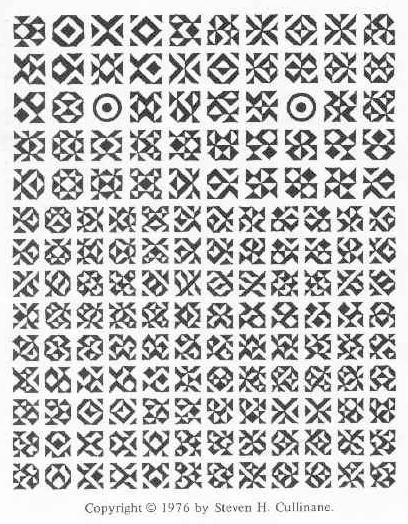
The Form, the Pattern
by Steven H. Cullinane
"...the sort of organization that Eliot later called musical, in his lecture 'The Music of Poetry,' delivered in 1942, just as he was completing Four Quartets: 'The use of recurrent themes is as natural to poetry as to music,' Eliot says:
There are possibilities for verse which bear some analogy to the development of a theme by different groups of instruments ['different voices,' we might say]; there are possibilities of transitions in a poem comparable to the different movements of a symphony or a quartet; there are possibilities of contrapuntal arrangement of subject-matter."
-- Louis L. Martz, from
"Origins of Form in Four Quartets,"
in Words in Time: New Essays on
Eliot’s Four Quartets,
ed. Edward Lobb, University of Michigan Press,
1993
"... Only by the form, the
pattern,
Can words or music reach
The
stillness...."
-- T. S. Eliot,
Four Quartets

Four Quartets
For a discussion of the above
form, or pattern, click here.
In reading that discussion, "Diamond Theory,"
keep in mind
the following diagram of
Aristotle's four stoicheia (elements).

The diagram is also related to Four Quartets
by
Eliot's use of the four elements —
air, earth, water, fire —
as a unifying
theme for the four sections of his poem.
This structure is elementary, then, in at least two
senses
other than than the usual sense of simplicity.
That the apparent
simplicity of the diagram itself
is only apparent is shown by the
picture below.
This picture, done by the author in 1976, illustrates
Eliot's
"possibilities of contrapuntal arrangement."

Each of the small figures is what mathematicians call
a
"Latin square." The picture illustrates all 4x4 Latin squares
that can
be made with four triangular half-squares.
Close examination will reveal
certain contrapuntal arrangements.
Related reading:
Wallace Stevens,
The Relations between Poetry
and Painting
S. H. Cullinane,
The Grid of Time
and
Theme and Variations
For a large downloadable folder
containing this and many related
web pages,
see Notes on Finite
Geometry.
Page created Sept. 20, 2003.